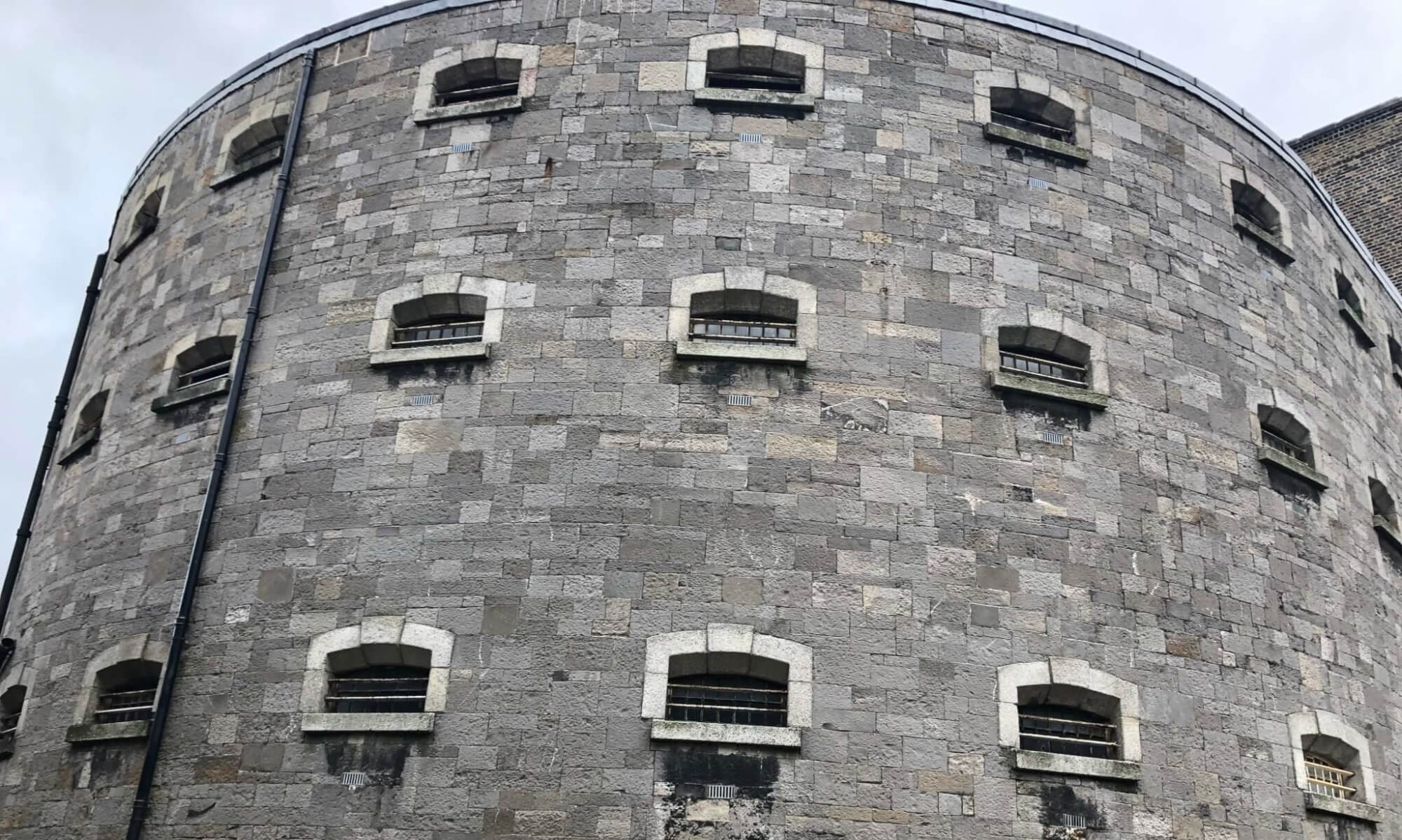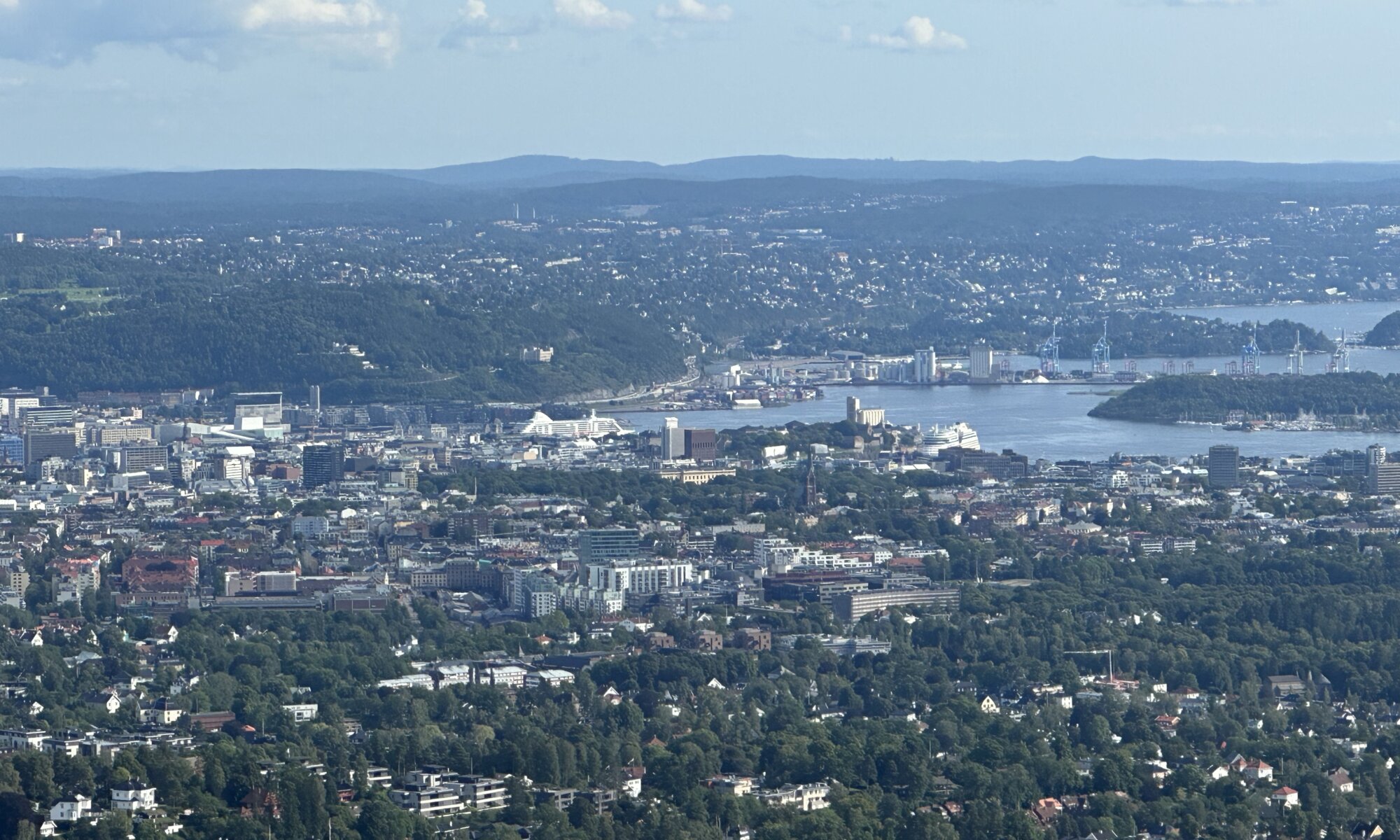What do you think of when you hear the name Oslo? The Vikings? Edvard Munch and his Skrik? Ski-jumping on Holmenkollen? The Nobel Prize? The iconic opera house at the fjord? First of all Oslo is an amazingly green capital city that was in older days known as Christiania (or Kristiania). It has a city center with many ancient and beautiful buildings due to the fact that it wasn’t impacted by war for a long time. And it is a city offering an absolutely high quality of life: nature, art and mentality contribute to this.
Oslo has 700,000 inhabitants and was first mentioned in the year 1225 CE, but Christian graves from the year 1000 CE have been found as the oldest remains. In 1624 a vast fire that was burning for three days destroyed the city and it had to be rebuilt completely. The new city center was placed near the Akershus festning and the city was shaped in the form of rectangles; it was named Christiana referring to king Christian IV.
In 1814 Norway formed a union with Sweden which lasted until 1905. The new independence was celebrated by building the impressive Rådhuset. In 1925 the city renamed to Oslo and was later hit by World War II: Nazi Germany occupied Oslo to prevent Norway joining its enemies. The resistance museum at the fortress as well as the temporary home of Willy Brandt at Hollendergata 4 are witnesses of this part of the past. Today Oslo is seat of the Norwegian monarchy and hosts Det kongelig slott as well as the Norwegian parliament (Stortinget), all are located in the city center.
A trip to Oslo typically starts with visiting the Akershus festning and enjoying the views on the fjords. Close to the main railway station you can find the iconic Operahuset you can climb on top. At the next bay you can find the Rådhuset and the Nobel Peace Price center and from there it is an easy walk to the Storting and the Nationaltheatret. Another important sight is the Holmenkollen mountain with the ski-jumping facility – for that you need to have a short but scenic train ride.
If you enjoy sculptures then Oslo has two fantastic opportunities for you: the Vigelandsparken in which the work of Gustav Vigeland is exhibited as well as the Ekebergparken, a mountain park with mostly contemporary art. And art is of course one of the main topics of the capital city: the works of Edvard Munch are on display at the fantastic Munchmuseet near the opera house as well as at the Nasjonalmuseet. Three of the four versions of Skrik (The Scream) can be seen at Oslo.
But it doesn’t stop here: contemporary art has two amazing homes in this region of Norway; the Astrup Fearnley Museum of Modern Art near Aker Brygge and the Henie Onstad Kunstsenter a little bit outside. If you’re taking the ferry boat to the museum island Bygdøy you can travel into the past and see historic houses (including a Norwegian stave church) at the Folkemuseet; the Frammuseet, Kon-Tiki Museum and the Norsk Maritimt Museum educate you about seafaring history, polar exhibitions and Norwegians travelling on rafts over the Pacific Oceans. And of course about the Vikings!
A lot to see at the Norwegian capital city, but the atmosphere is relaxed and the ways from one place to the other are rather short and public transport is great. Buy the Oslo pass for having a public transport ticket on your smartphone already upon arrival (and of course your entrance ticket for all major sights. A place I really enjoyed with the improvised cultural center SALT at the Langkaia; not only because of the nice outdoor restaurant – but also because it offers different saunas. From one of them you can even enjoy fantastic views on the opera house; and nice talks with relaxed locals. If you need a rather cool form of a relaxed evening: cinemas like the Saga show movies in English with Norwegian subtitles.
If you want to see the most important sights of Oslo you should calculate with 2-3 days in the city. You probably don’t want to do more as Oslo is one of the most expensive cities in Europe – a high quality of living has its price. I booked a room at the Anker Hotel at the city quarter Storgata, next to the border to Grünerløkka. It was perfect to explore the city. Getting to and from Oslo was hassle-free: the high-speed train Flytoget transports you in 19 minutes from Oslo Lufthavn (OSL) to the city. And don’t worry about getting the local currency: you don’t need it. There are places that don’t accept cash, but there aren’t any that don’t accept your credit card.
Oslo
Norway
Loading map...


